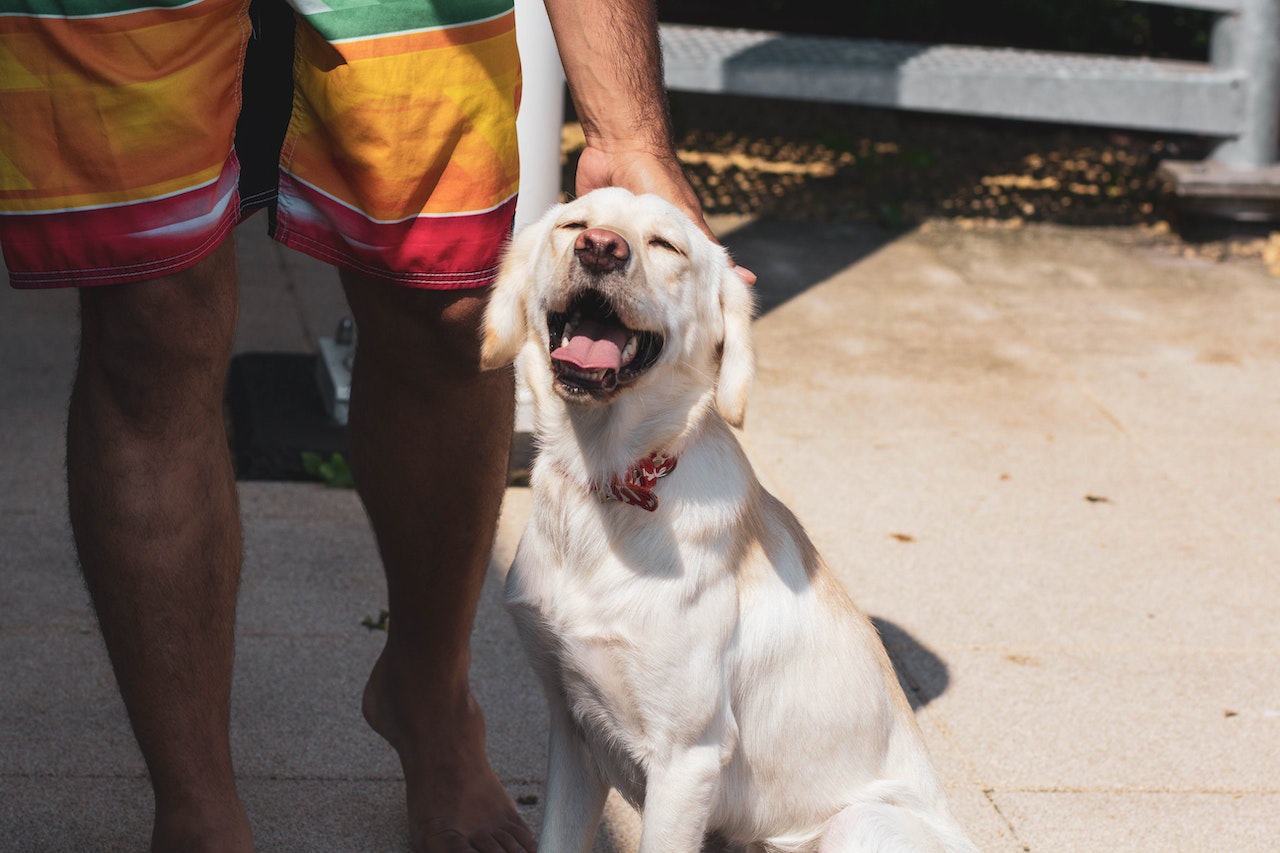How to Stop Puppy from Biting Leash
Are you struggling with your Labrador puppy biting the leash during walks? Don’t worry, I’ve got you covered! In this article, I’ll provide professional tips and techniques to help you train your furry friend and put an end to this frustrating behaviour. With the right guidance and consistency, you’ll soon be enjoying peaceful walks without any leash biting incidents.
Labrador puppies are known for their boundless energy and curiosity, which can sometimes lead to unwanted behaviours like leash biting. But fear not, there are effective ways to address this issue. One important aspect is providing proper training from the start. Teaching your puppy basic obedience commands such as “sit,” “stay,” and “leave it” will establish a foundation of discipline and control.
Additionally, it’s crucial to redirect your puppy’s chewing behavior onto appropriate toys or chew bones. By offering alternative items for them to bite on, they’ll learn that the leash is off-limits. Consistency is key here – every time your Labrador pup tries to bite the leash, calmly remove it from their mouth and replace it with a suitable toy. Over time, they will understand what is acceptable to chew on.
Remember, patience and persistence are essential when training your Labrador puppy not to bite the leash. With professional guidance and these helpful strategies in place, you’ll be well on your way to enjoying stress-free walks with your furry companion. So let’s dive in and explore how we can put an end to this common behavioral challenge together!
Understanding Labrador Behavior
Labradors are known for their friendly and sociable nature, making them popular pets for families and individuals alike. However, like any other dog breed, Labradors can exhibit certain behaviors that may require attention and training. In this section, I’ll delve into some key aspects of Labrador behavior to help you better understand your furry friend.
1. Social Nature
Labradors are highly social animals and thrive on human companionship. They enjoy being part of the family and can become anxious or bored if left alone for long periods. This social nature also means that Labradors are generally friendly towards strangers, which makes them poor guard dogs but excellent companions.
2. Energetic and Active
Labradors are notorious for their energy levels! They have a natural zest for life and require regular exercise to stay happy and healthy. Without enough physical activity, Labradors may resort to negative behaviors such as chewing furniture or excessive barking.
3. Mouthy Puppies
Labrador puppies, like many other breeds, tend to explore the world with their mouths. This includes biting or mouthing objects like toys or even your hands during playtime. While this behavior is normal during puppyhood, it’s essential to teach them appropriate biting inhibition to prevent future issues when they grow up.
4. Leash Biting
One common behavioral issue faced by Labrador owners is leash biting. When a puppy bites the leash while walking, it can be frustrating and make walks challenging. It’s crucial to address this behavior early on through positive reinforcement techniques and redirecting their attention towards appropriate chew toys or treats.
5. Training Tips
To effectively train your Labrador and stop leash biting behavior:
- Start training early: Begin teaching bite inhibition as soon as you bring your puppy home.
- Use positive reinforcement: Reward good behavior with treats or praise.
- Provide appropriate chew toys: Offer your Labrador plenty of safe and durable toys to redirect their chewing behavior.
- Seek professional help if needed: If you’re struggling with leash biting or other behavioral issues, don’t hesitate to consult a professional dog trainer for guidance.
Understanding Labrador behavior is key to building a strong bond with your furry companion. By addressing common issues like leash biting through proper training techniques and seeking professional help when necessary, you can ensure a happy and well-behaved Labrador that brings joy to your life.
